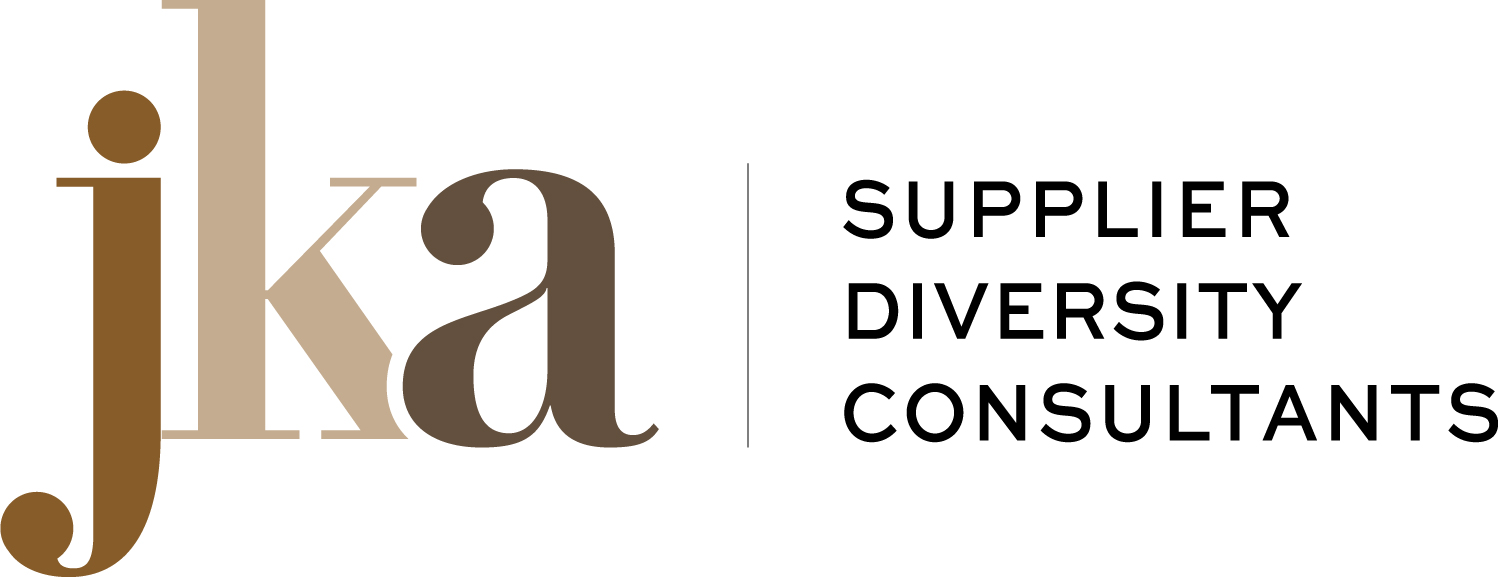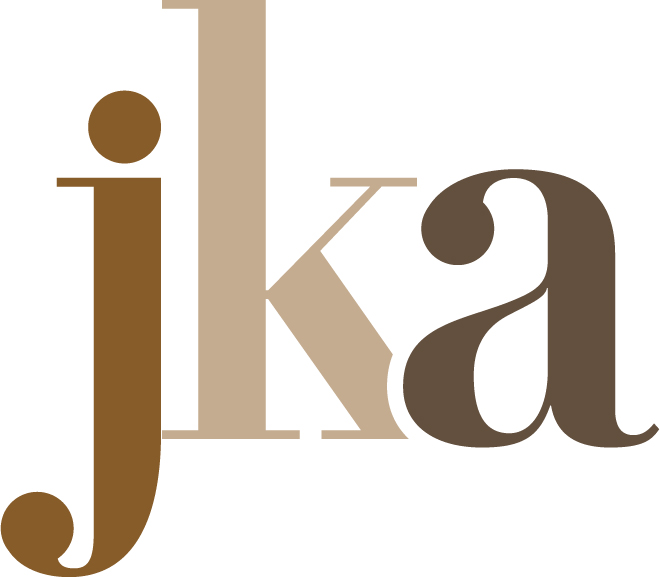One of the biggest opportunities for small business of all kinds, especially those owned by women or minorities, are government contracts. By winning government contracts, you can bring in an entirely new source of revenue, enable you to grow your business and become more successful than ever. This, of course, requires you to know how to best position your business to win these contracts. The competition is fierce and, without the knowledge, you’re unlike to be able to break through.
When I work with these small business owners, one of the biggest struggles I see is uncertainty how to create a compliant cost estimate to submit to these government agencies. They don’t know what to charge or how to position themselves effectively, worrying about keeping track of every penny going in and out of their coffers while working on a government contract. There are a number of steps that every business should take when figuring out their cost estimate, here are a few of them:
Determining your Breakeven
The first step of creating a cost estimate should be to determine your breakeven. A company’s breakeven point is when your sales entirely cover your expenses. It’s the cost associated with keeping your business open on a day-to-day basis, even without any clients. These costs could cover your rented office space, payroll, and your business’ cell phone service.
If you aren’t a financial wizard and feel a bit overwhelmed by numbers, this is probably one of the most important areas a small business owner should train themselves in. Having a comprehensive understanding of your breakeven costs will give you a better metric of which bids, proposals, and RFPs you should take and which you should leave on the table. If you don’t know what your breakeven costs are, you are lacking a key piece of information that you need in order to start making a profit.
What is the Cost of Doing Business with The Government?
Many small businesses look at the money on the table coming from government agencies and think that it won’t be any different from working with their private clients. This is simply wrong. Working for government agencies often means that there could be many additional requirements that your company will need to meet.
For example, governmental agencies often require you to have specific types of insurance to cover potential liability. Additionally, there may be other requirements that your business must meet, such as providing paid sick leave or compliance with living wage and benefits requirements for employees who work at government-funded locations.
Obviously, these requirements are going to be putting additional costs onto a project that you may not normally factor into private sector projects. Therefore, you need to factor them into your cost estimate to have an accurate measure of your budgeting for these government contracts.
Have a Handle on Your Administrative Expense
Administrative expenses are often either ignored or forgotten by newer small businesses. This is a huge mistake. These costs can quickly add up, increasing the cost of doing business with both government and private agencies.
Your administrative expenses could be the costs associated with producing and paying invoices or the costs associated with accepting electronic payments or check processing fees. You may also need to cover other costs, such as background checks. Typically, the cost of administrative expenses is not billed separately but they do need to be accounted for in your cost estimate.
The Cost of Getting Paid
Here is probably one of the biggest differences between working with private and government organizations. When you’re doing business with government agencies, you will be most often be performing services with a lag time from when service is performed until invoices are paid.
Typically, if you start a government contract on the 1st, you will only be able to bill them on the last day of the month. This means that you will be providing all of your services without being paid for approximately 30 days. On top of that, it usually takes another 30 days for your payment to be processed by the agency. This requires you to have a reserve of cash to manage the day to day expenses until you receive your first payment (which could be 60 days after you start service).
This delay in payment can put a tremendous strain on small- and medium-sized business who rely on incoming payments to break even. Many companies address this issue by tapping into their savings, creating a line of credit, or a loan. These costs need to be built into your cost estimate.
Profit is an Important Consideration
One of the things about working with government agencies is that they will almost certainly want to see your cost estimates. So you need to be completely transparent in your profit projections.
Many smaller companies don’t actually have a measure of how much money they should be making on a government contract. You need to research what rates are customary in your industry and factor that into your cost estimates in order to gain an accurate measure of what your profit will be.
If all of this sounds complicated, don’t worry. It is!
That is why I am offering a number of classes aimed at M/WBEs to help them through every step of the government contract process. If you are worried about cost estimates tripping you up, we have an event coming up soon that should help you. In the Cost Estimating for Professional Service Firms workshop, I will walk you through the process, step-by-step, so you can prepare an effective cost estimate and increase the chances of getting a government contract. The workshop is being held on October 17th, 2018 from 10 AM to 12 AM at the NYC Department of Business Services.
Unfortunately, as this is such a hot topic, this workshop is going to fill up quickly. If you want to learn how to create compliant cost estimates, be sure to sign up to reserve your spot today!





